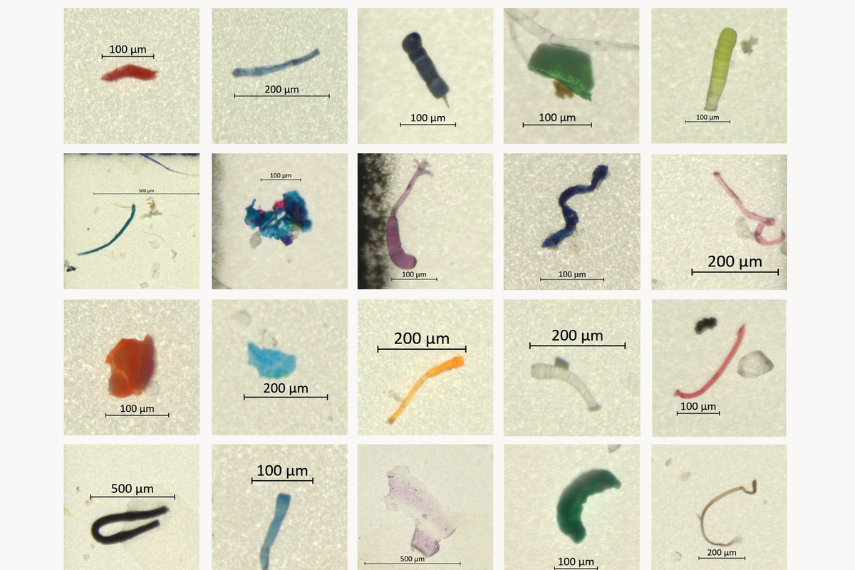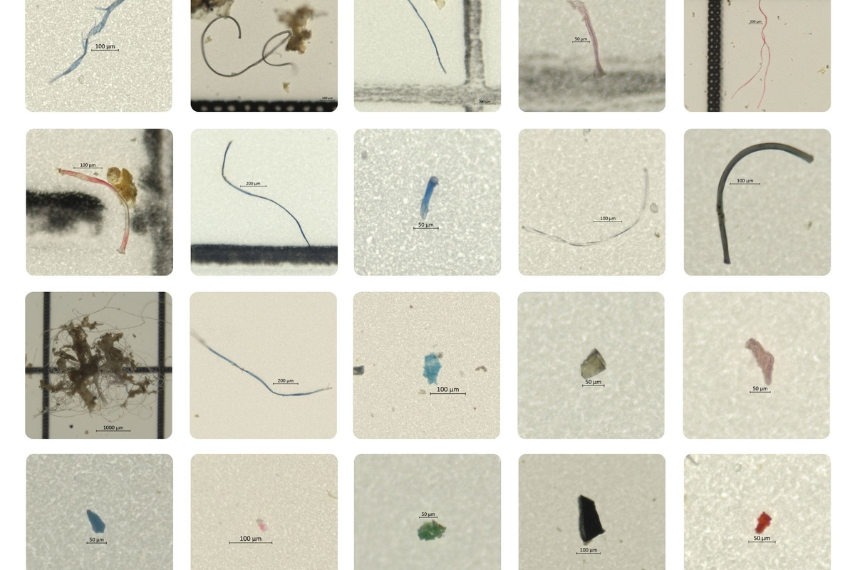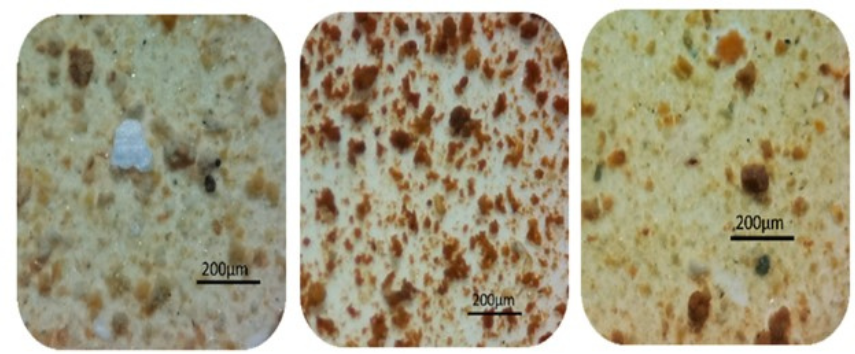Microplastics: The Unseen Scourge

Unraveling the plastic threat hidden in our waters, Dr. Chang’s team has revolutionized the way we isolate, identify, and combat microplastic pollution.
The Hidden Plastic Threat
In a world where plastics have become a staple of daily life, the term "microplastics" has emerged as a sobering reminder of the unintended consequences of modern convenience. Microplastics, tiny particles of plastic, less than 5mm in diameter, are ubiquitous contaminants plaguing our environment, notably in wastewater and sludge samples. The pervasive existence of these tiny pollutants in wastewater and sludge not only reflects the daunting scale of plastic pollution but also warns us of potential ramifications for both ecosystems and human health. It is critical to be able to identify, count and understand the characteristics of microplastics in order to effectively treat and isolate them in our environment. This can pave the way to separate them from both organic (natural) and inorganic (man-made) substances.

Challenges in Microplastic Isolation
Despite the common use of isolation methods, such as Wet Peroxide Oxidation (WPO) - a process that employs hydrogen peroxide to oxidize organic waste, thereby assisting in pollutant removal, numerous challenges persist. The violent reactions during WPO often lead to undesirable overflow, limiting the volume of material that can be treated at any given time. Existing methods have consistently struggled with the effective elimination of organic and inorganic solids, making the detection and characterization of microplastics an ongoing challenge.
A Revolutionary Approach to Microplastic Isolation
To tackle the issues around removing microplastic from wastewater, Dr. Sheng Chang, from the School of Engineering, and his dedicated research team have developed an ingenious method that combines the benefits of biological hydrolysis, WPO and Ethylenediaminetetraacetic acid (EDTA-metal ions neutralization) treatment. The integrated approach successfully eradicates organic matter and iron particulates from wastewater and sludge samples, providing a clear backdrop for microscopic quantification and identifying its chemical composition and structure. This novel strategy selects the appropriate blend of pre-treatment, WPO treatment and post-treatment with EDTA, tailored to the unique properties of different samples. The comprehensive isolation technique significantly boosts the efficiency and accuracy of microplastic identification, quantification and characterization, contributing to a deeper understanding of their environmental fate, exposure and associated risks.

A Future Free of Microplastic Contamination
Chang and his team recognize the gravity of the situation, the team is diligently working towards furthering the understanding and remediation of microplastic pollution. “I think microplastics are an emerging and serious contamination problem in wastewater and sludge,” said Chang. “The plastics, called the synthetic Galaxy, are not coming from the natural environment and are highly resistant to degradation. They can infiltrate our ecosystems, from marine life to plant absorption, and even groundwater systems.”
Their research is anticipated to play a vital role in mitigating the pressing issue of microplastic pollution. In addition to this, the team has developed the Maximum Probable Number method (MPN code) to simplify and speed up counting and identifying microplastics in wastewater. Looking ahead, the researchers plan to delve into the short- and long-term impacts of microplastics on health and the environment, striving for a future where our waters are free from the scourge of these tiny pollutants.

School of Engineering
This story was written by Kasra Ghasemi as part of the Science Communicators: Research @ CEPS initiative. Kasra is a PhD candidate in the School of Engineering under Dr.s Syeda Humaira Tasnim and Shohel Mahmud. His research focus is on developing innovative solutions to poor packaging systems and conventional refrigeration methods and their contributions to food waste and global warming – a Latent Heat Thermal Energy Storage system with micro-scale capsules.
Funding Acknowledgement: The research is funded by two sources, including the Ministry of the Environment, Conservation, and Parks (MECP) and Ontario Research Fund-Research Excellence (ORF-RE).
Reference: B. Wang, M. Smith, Y. Liu, V. Pileggi, and S. Chang, “Microplastic isolation method for wastewater and sludge samples by removal of excess organic and inorganic interferences,” Chemosphere, vol. 329, p. 138625, Jul. 2023, doi: 10.1016/j.chemosphere.2023.138625.